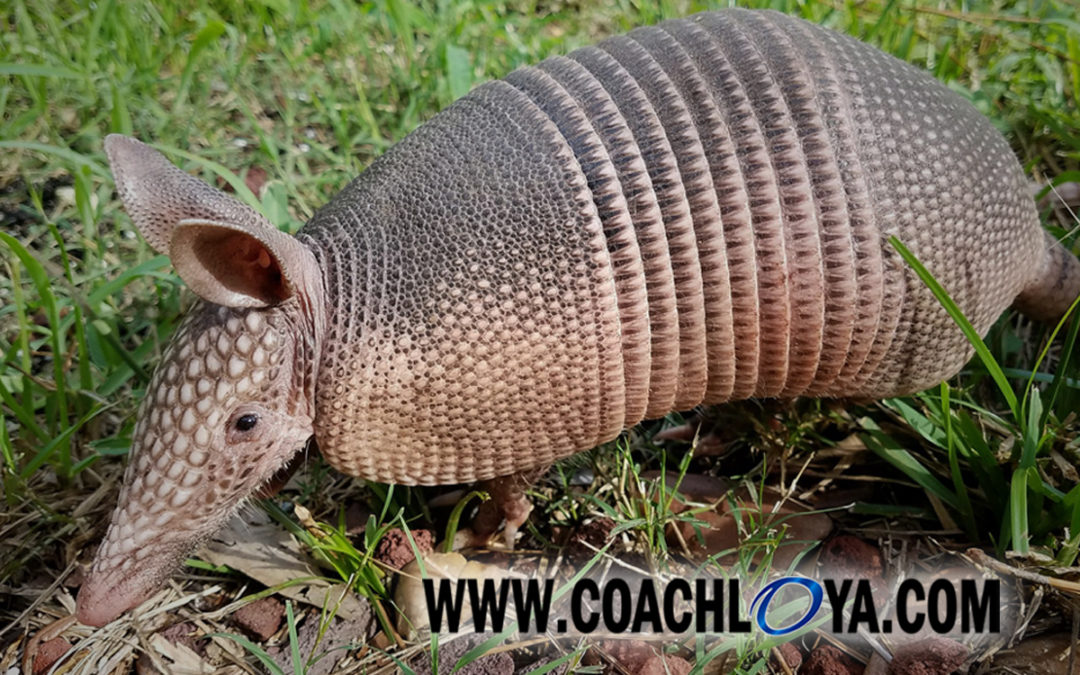For the past several weeks, I have been tormented by a menacing armadillo. (In full disclosure, that is a sentence that I never imagined myself writing!)
I moved to central Florida a few years ago, but I grew up in western Pennsylvania. We didn’t have armadillos in Pennsylvania. There were plenty of opossums, raccoons, and groundhogs, but no armadillos.
Until recently, I naively thought armadillos were exclusive to the southwestern United States. I had only seen them in cowboy movies and zoos. To my surprise, Florida has armadillos too.
Armadillos can be a nuisance. They wreak havoc on lawns and destroy landscaping. Even worse, they burrow under houses and weaken foundations. My armadillo was causing all those issues.
Underperforming teams can be tormented by menaces with similar characteristics to armadillos. I like to refer to these menacing individuals as armadillo teammates.
Hard on the outside, soft on the inside. Armadillos are the only mammals with hard, protective shells. Beneath that shell, however, they are weak and vulnerable. They don’t have the necessary combat skills to counter threats. Their shells are their only defense.
Armadillo teammates also have a hard exterior. They aren’t warm or welcoming. They come across as disinterested and try to pass themselves off as being tough. But beneath that facade, they are insecure, shallow, and mentally weak. Their hard exterior keeps other team members from getting emotionally close and prevents them from bonding with the rest of the team.
Not blind, but poor vision. Contrary to common belief, armadillos are not blind. But they do have notoriously poor peripheral vision. They struggle to see what is not directly in front of their nose.
Armadillo teammates struggle to see how their actions affect others. They’re too focused on themselves to realize the negative impact that comes from their lacking self-awareness.
Hide during the light, do damage in the dark. Armadillos are primarily nocturnal. Their poor vision and anti-social tendencies lead them to be most active after sunset. That means the bulk of the damage they cause is done in the dark.
Armadillo teammates tend to not be confrontational in front of the entire team. They don’t speak up when they could or arguably should. They prefer to gossip and complain out of earshot of the team’s leadership. Essentially, they also do the bulk of their damage in the dark.
Apart for terminating armadillos, the two best ways to get rid of them are to eliminate their food source and make the environment they’ve invaded unappealing. That means treating your yard for insects (armadillos’ favorite food) and spreading repellents like cayenne pepper or garlic around your yard (armadillos are repulsed by those smells).
As you’ve probably already guessed, the same strategies apply to ridding your team of armadillo teammates.
Armadillo teammates feast on negativity. You eliminate their “food source” when you kill negativity on your team. Don’t give their toxicity an audience. Let their gossip and petty complaints fall on deaf ears.
You can create an “unappealing environment” by building a positive team culture that shuns selfishness and rewards selflessness. Armadillo teammates will feel compelled to either change their habits to assimilate or move on to an environment they find more suiting (i.e. another team).
When teams eliminate members who lack internal fortitude, self-awareness, and the willingness to be transparent in their actions, they begin to flourish—the same way that lawns do once menacing varmints go away.
As always…Good teammates care. Good teammates share. Good teammates listen. Go be a good teammate.



